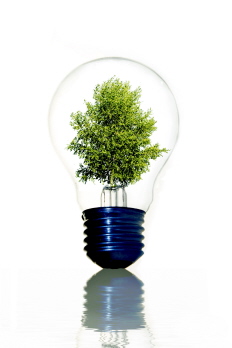Energy transition: functions of platforms
| Function / Domain: | Energy |
| Illustration of: | Roles of platforms in relation to government |
This section explains more about the roles of the Dutch Energy Transition platforms, and their principal function for the government. For the Energy_Transition_Programme, the national government established seven such platforms for seven transition paths: bio-based raw materials, sustainable mobility, chain efficiency, new gas, sustainable electricity, energy in the built-up environment and greenhouse as energy source. These platforms brought together key individuals from companies, research institutes and civil-society organisations. They formulated visions for innovation and produced specific plans in each of these domains. Civil servants provided the bridge between the platforms and policy makers.
Roles of platforms
Over time the platforms have not only played a role in defining systems and formulating visions, but also in:
- generating discussion of the challenges to be addressed by system innovation with actors in the field
- advising the government about what it can do to promote the transition, for example about regulations that do or could create an obstacle
- creating coalitions to implement innovations
- advising the government about tenders.
Usefulness of platforms for the government
The platforms were a source of inspiration for the government, politicians and the stakeholders they represent. The platforms were also useful in making it easier for information to be shared between the (broad) practice and the government. Without the platforms, the government would have had to work with a far more fragmented field.
Finally, it was important for the government that the visions and advice of the platforms helped to legitimise government interventions.
Sources
